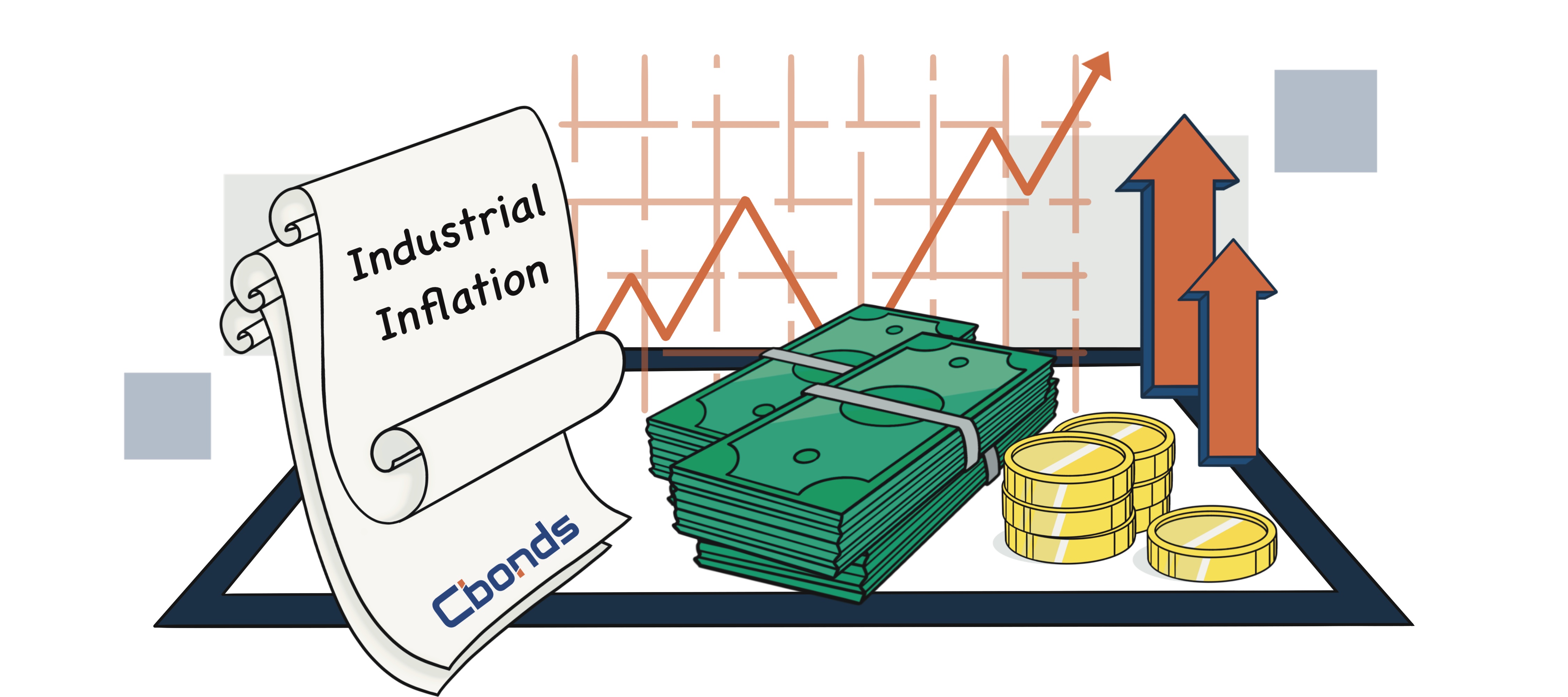By
Konstantin Vasilev Member of the Board of Directors of Cbonds, Ph.D. in Economics
Updated December 16, 2023
What is Industrial Inflation?
Industrial inflation refers to the upward movement in the overall price levels associated with various components of industrial production. This includes raw materials, supplies, and both intermediate and final goods manufactured by industrial enterprises for the domestic market. Essentially, it represents broad price and cost increases within the industrial sector, reflecting the economic dynamics surrounding the production and distribution of goods within a specific economy.
How Industrial Inflation is Measured
Industrial inflation is measured primarily through the use of macroeconomic indicators, with a key metric being the producer price index (PPI). The PPI serves as a crucial tool for analyzing changes in the level of producer prices specifically for industrial goods. This index measures price changes relative to the same period in the previous or base year and is calculated as a percentage. It is a widely adopted measure by statisticians and central banks and is typically calculated on a regular basis.
In countries such as the USA, Russia, Sweden, Spain, Poland, China, and Greece, the PPI data is usually computed monthly, while in other regions like Australia, Hong Kong, Albania, Oman, and Fiji, it is done quarterly. Unlike the consumer price index (CPI), which gauges changes in prices at the final sale of products, the PPI focuses on wholesale levels of sale, specifically among those who engage in production. It exclusively considers goods in its calculations, excluding services. Notably, imported goods are not factored into the PPI’s calculation of price changes.
The PPI encompasses all stages of production, ranging from raw materials and intermediate stages to finished products. Its significance lies in its ability to provide a comprehensive view of how prices evolve throughout the entire production process. An intriguing aspect is that an increase in the producer price index can precede a subsequent rise in consumer inflation, making it a valuable leading indicator.
Certain countries, like the United States and the United Kingdom, utilize a modified version of the PPI known as the base producer prices to estimate industrial inflation. This variant excludes specific categories of goods; for example, in the United States, food and energy prices are omitted from the calculation. These indices are calculated and published monthly, measured in points, and contribute to a nuanced understanding of industrial inflation trends in these economies.

Factors Influencing Industrial Inflation
Industrial inflation is significantly influenced by the costs associated with the inputs required in the production process. These input costs encompass a wide range of expenditures, including raw materials, labor, and other essential resources. Fluctuations in the prices of these inputs can have a direct impact on the overall production costs for industrial goods, subsequently contributing to changes in industrial inflation rates.
Raw materials play a pivotal role in the manufacturing of industrial goods. The relationship between the prices of raw materials and broader commodity prices is crucial in understanding industrial inflation dynamics. Changes in commodity prices can stem from various global and domestic factors, such as geopolitical events, supply chain disruptions, or shifts in demand. These fluctuations reverberate through the supply chain, affecting the costs of raw materials and, consequently, influencing industrial inflation trends.
Energy prices wield a substantial influence on industrial inflation. Many industrial processes are energy-intensive, relying on electricity, fuel, or other energy sources. Fluctuations in energy prices can lead to significant variations in the overall production costs for industrial goods. As energy prices rise or fall, they directly impact the cost structure of industries, influencing the prices of finished goods. Therefore, the dynamics of energy prices are a critical factor to consider when assessing the broader landscape of industrial inflation.
Producer Prices and Selling Prices
Producer prices form a fundamental component in the economic analysis of industrial inflation. These prices represent the costs incurred by producers during the manufacturing or production phase. They encompass expenses related to raw materials, labor, and other inputs necessary for the creation of industrial goods. Understanding the nuances of producer prices provides insights into the foundational elements that contribute to the overall cost structure of industrial processes.
Industrial inflation directly influences the costs incurred by producers, subsequently impacting selling prices. As industrial inflation causes input costs, such as raw materials and other production expenses, to rise, producers often adjust their selling prices to maintain profitability. The relationship between industrial inflation and selling prices is dynamic, with fluctuations in one affecting the other. This interplay is a crucial aspect of economic dynamics, influencing market conditions and consumer behavior.
The link between selling prices and consumer price indices (CPI) provides a broader perspective on how industrial inflation cascades through the economy. Selling prices contribute to the CPI, which measures the average change over time in the prices paid by consumers for a basket of goods and services. As selling prices rise due to industrial inflation, it can lead to an increase in the CPI, reflecting the overall impact on the cost of living. Understanding this link aids in comprehending how changes in industrial inflation reverberate through various sectors, ultimately influencing the broader economic landscape.
Bond Screener
Watchlist
Excel Add-in
API





















